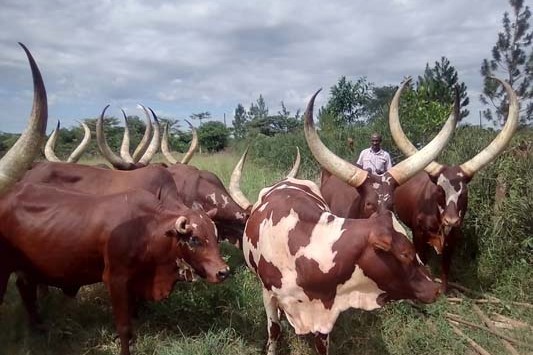By ANNE LEE
Users of modern varieties of ryegrass descended from Grasslands Nui and Ellet ryegrass can thank Trevor Ellett’s tenacity and passion for improving pasture.
His work also, somewhat unwittingly, led to the understanding that endophytes play a huge role in ryegrass persistence.
The Mangere farmer and former Massey College graduate and lecturer was a pioneer in ryegrass development doggedly seeking persistence he saw as lacking in the grasses coming out of the government-sponsored breeding programmes of the day.
Trevor died in 2006 at the age of 95 and was a recipient of the coveted NZ Grassland Trust Ray Brougham Trophy for his contribution to dairying and for his development of Mangere ryegrass which was first commercialised as Ellett and Grassland Nui ryegrasses.
The farm at Mangere was one of two owned by Trevor and it was when he returned to the farm after the Second World War and lecturing at the then Massey College that he was dismayed to find the latest government-bred, certified ryegrasses did not survive past one season once sown in his paddocks.
Like many farmers of the day, he had strong ryegrass pastures of local “ecotypes” and he collected the seed from his best-performing paddock, sowing that instead.
Through his connections with DSIR Grasslands director Lionel Corkill, a nursery of the latest and best ryegrass breeding lines was sown on Trevor’s farm.
On the same day, and unbeknown to the scientists, Trevor also sowed his own ecotype, which he named Mangere ryegrass, in an area beside the nursery.
His grass survived the summer but the new varieties did not and as a result some of his plants were taken from the farm in 1962 to become part of breeding trials which eventually led to the development of Grasslands Nui in 1973.
When the Nui didn’t persist well either on Trevor’s farm, he became even more frustrated and contacted Arthur Yates and Co in Canterbury, now Barenbrug, who agreed to take on the Mangere ryegrass and sell the seed in the mid 1970s.
It was renamed and certified as Ellett ryegrass in the 1980s. The seed was harvested and sold directly to farmers and in doing so the endophyte remained viable whereas seed from the government-bred varieties that hadn’t persisted had been stored for longer periods at ambient temperatures, killing the endophyte.
Barenbrug marketing manager Graham Kerr says it was in comparing Ellett ryegrass with others that entomologists at Ruakura, in collaboration with Arthur Yates’ agronomist, discovered the connection between endophyte and insect control.
He says up until 2006 there had been about 20 ryegrass cultivars which contained at least 25% of the genetics from Trevor’s Mangere farm including Yatsyn, Verdette, Dobson and Bronsyn.
All of the royalties Trevor was to receive for seed sales he asked to be paid into a charitable trust now called the T.R. Ellett Agricultural Research Trust to further education and research for the benefit of the agricultural industry in New Zealand.
The trust financially supports about four or five projects each year including post graduate study and research.
Graham says Trevor was an innovator and pioneer who had a profound impact on ryegrass breeding and development in New Zealand.
He avidly attended Grassland Association annual conferences and remained strongly connected to the ryegrass breeding research and industry.






